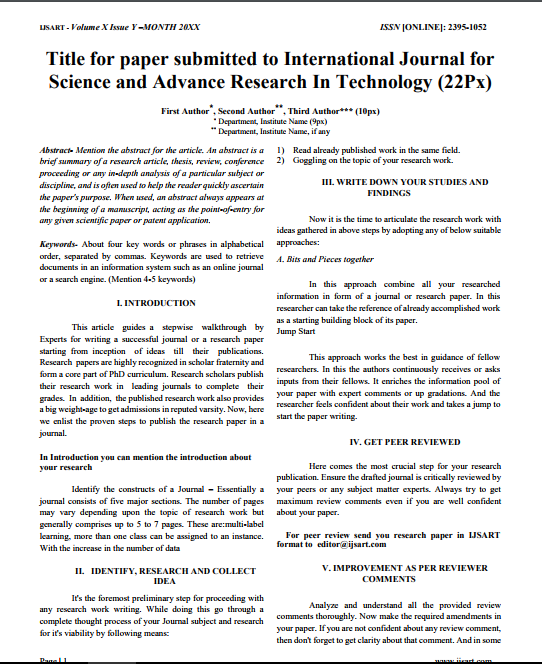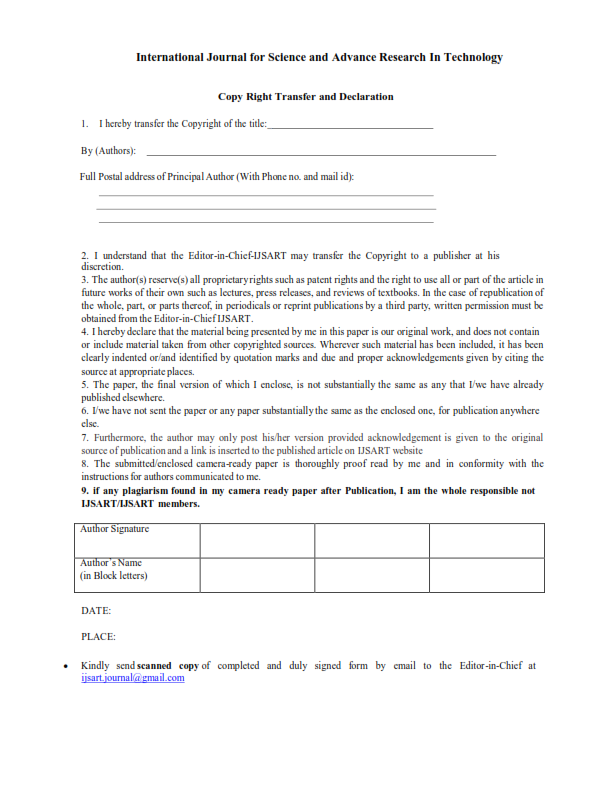BRAIN TUMOR DETECTION USING MACHINE LEARNING |
Author(s): |
| Asha K S |
Keywords: |
| Glioblastoma Multiforme (GBM), Magnetic resonance imaging (MRI), Naïve Bayes classification, maximum entropy threshold, statistical features extraction. |
Abstract |
|
Brain cancer is caused by the population of abnormal cells called glial cells that takes place in the brain. Over the years, the number of patients who have brain cancer is increasing with respect to the aging population, is a worldwide health problem. The objective of this paper is to develop a method to detect the brain tissues which are affected by cancer especially for grade-4 tumor, Glioblastoma multiforme (GBM). GBM is one of the most malignant cancerous brain tumors as they are fast growing and more likely to spread to other parts of the brain. In this paper, Naïve Bayes classification is utilized for recognition of a tumor region accurately that contains all spreading cancerous tissues. Brain MRI database, preprocessing, morphological operations, pixel subtraction, maximum entropy threshold, statistical features extraction, and Naïve Bayes classifier based prediction algorithm are used in this research. The goal of this method is to detect the tumor area from different brain MRI images and to predict that detected area whether it is a tumor or not. When compared to other methods, this method can properly detect the tumor located in different regions of the brain including the middle region (aligned with eye level) which is the significant advantage of this method. When tested on 50 MRI images, this method develops 81.25% detection rate on tumor images and 100% detection rate on non-tumor images with the overall accuracy 94%. |
Other Details |
|
Paper ID: IJSARTV Published in: Volume : 6, Issue : 6 Publication Date: 6/1/2020 |
Article Preview |
|
Download Article |


